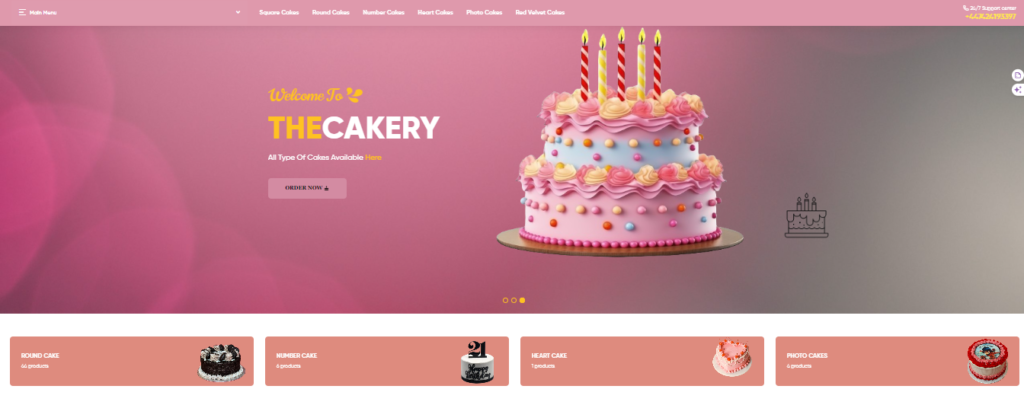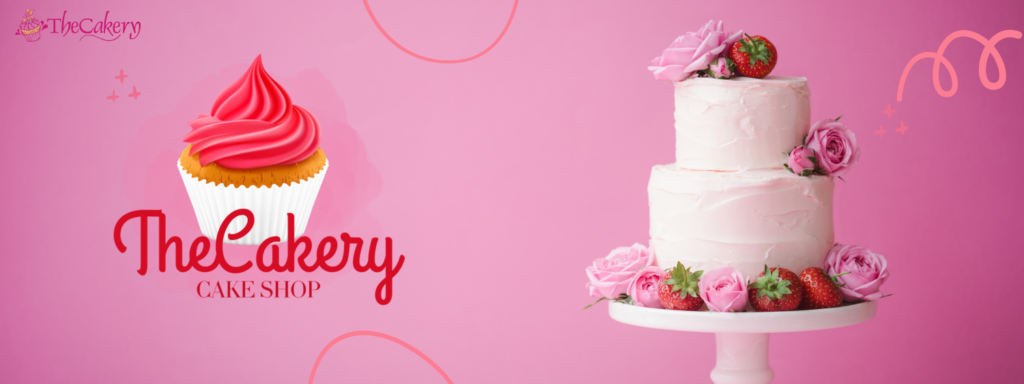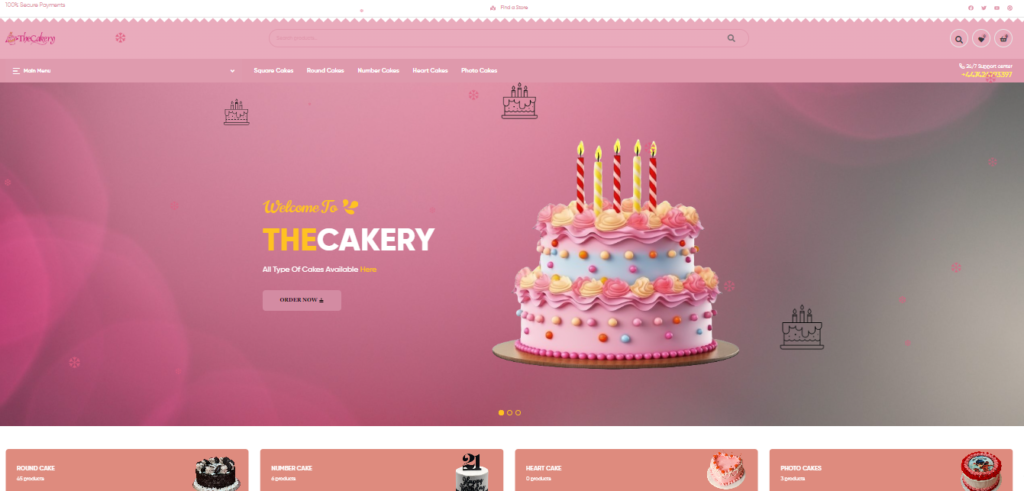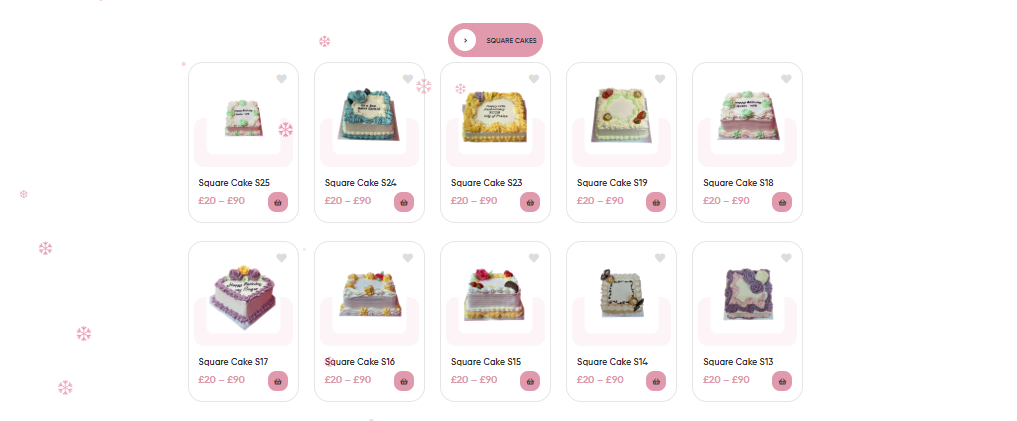Are you someone who marvels at beautifully decorated cakes, wondering how they’re created with such finesse and creativity? Perhaps you’ve even dreamt of trying your hand at cake decorating but felt intimidated by the intricacies involved. Fear not! With the right guidance and resources, anyone can learn the art of cake decorating and unleash their inner pastry artist.
Introduction
Cake decorating is more than just adding frosting and sprinkles to a cake; it’s a form of edible artistry that allows you to express your creativity and imagination. Whether you’re a baking enthusiast looking to enhance your skills or someone who simply wants to impress friends and family with stunning confections, mastering the art of cake decorating can be a fulfilling and rewarding endeavor.

Choosing the Right Cake Decorating Classes
Before diving into the world of cake decorating, it’s essential to choose the right classes that suit your needs and skill level. With a plethora of options available, from online courses to in-person workshops, it’s crucial to do your research and select a program that aligns with your goals and preferences.
Getting Started: Basics of Cake Decorating
Every journey begins with the fundamentals, and cake decorating is no exception. In our beginner-friendly classes, you’ll learn about essential tools and techniques, such as icing consistency, piping basics, and simple fondant decorations. With hands-on guidance from experienced instructors, you’ll gain the confidence to create beautiful designs from scratch.
Mastering Advanced Techniques
Once you’ve mastered the basics, it’s time to level up your skills with our advanced classes. Learn the Art of Cake Decorating with Our Classes From intricate sugar flowers to sculpted cake toppers, our instructors will teach you the techniques needed to take your creations to the next level. Whether you aspire to compete in cake decorating competitions or wow clients with custom designs, our advanced courses will equip you with the knowledge and expertise to succeed.
Tips for Success
Like any skill, cake decorating requires practice, patience, and perseverance. Don’t be discouraged by initial setbacks; instead, embrace them as learning opportunities. Remember, even the most experienced decorators were once beginners. With dedication and determination, you’ll soon be whipping up professional-looking cakes that will impress even the toughest critics.Learn the Art of Cake Decorating with Our Classes
Finding Your Unique Style
One of the joys of cake decorating is the opportunity to showcase your individuality and creativity. In our classes, we encourage students to experiment with different techniques and designs, allowing them to discover their unique style. Whether you prefer classic elegance or whimsical charm, there’s no limit to what you can create.
Building a Portfolio
As you progress in your cake decorating journey, it’s essential to document your work and build a portfolio of your best creations. Not only will this serve as a source of pride and inspiration, but it will also be invaluable when seeking future opportunities, such as collaborations, competitions, or client commissions.
Networking and Collaboration
Connecting with fellow cake decorators can be incredibly rewarding, both personally and professionally. Our classes provide the perfect opportunity to meet like-minded individuals, share tips and tricks, and collaborate on exciting projects. Whether you’re a hobbyist or aspiring professional, building a supportive network can help propel your career to new heights.
Overcoming Challenges
Despite your best efforts, you may encounter challenges along the way, whether it’s a cake that refuses to cooperate or a demanding client with high expectations. In our classes, we’ll teach you how to troubleshoot common issues, stay calm under pressure, and find creative solutions to overcome obstacles.
Continuing Education
The world of cake decorating is constantly evolving, with new trends and techniques emerging all the time. To stay ahead of the curve, it’s essential to invest in ongoing education and professional development. Whether it’s attending workshops, taking advanced classes, or following industry experts on social media, there’s always something new to learn and explore.
The Business of Cake Decorating
For those interested in turning their passion for cake decorating into a profitable business venture, our classes offer valuable insights into the industry. From setting up a home-based bakery to marketing and branding strategies, we’ll provide you with the tools and knowledge needed to succeed in the competitive world of professional cake decorating.
Conclusion
Learning the art of cake decorating is a journey filled with excitement, challenges, and endless possibilities. Whether you’re a novice baker or seasoned pro, our classes offer something for everyone, providing you with the skills and confidence to create stunning edible masterpieces. So why wait? Sign up for our classes today and unleash your creativity in the kitchen!





